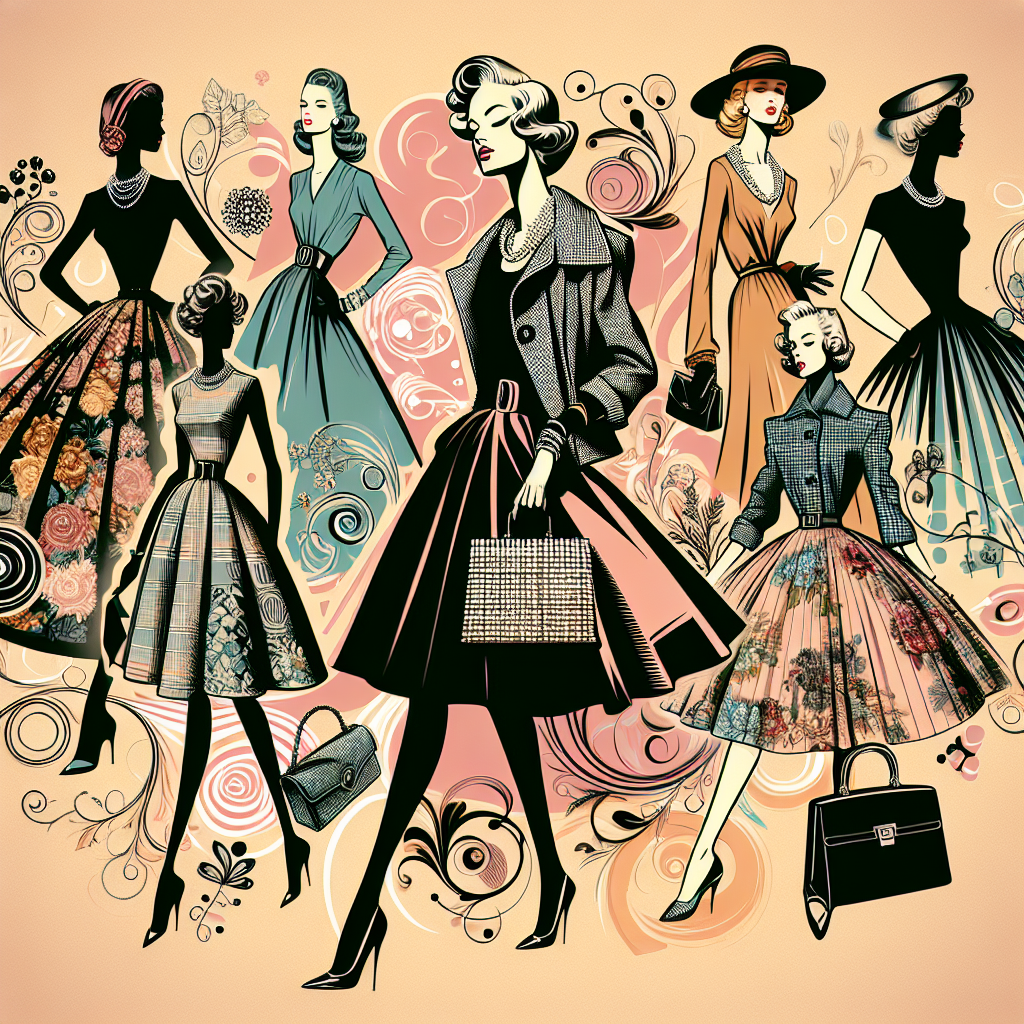Exploring Vintage Elegance: La Strada (1954) and Its Timeless Fashion Influence
Introduction
The 1954 film La Strada, directed by renowned Italian filmmaker Federico Fellini, has not only etched its place in cinematic history but has also cast a long-lasting influence on the realms of fashion. Known for its poignant narrative and unforgettable performances, particularly by Giulietta Masina, La Strada infuses Italian neorealism with a profound sense of style that continues to inspire designers and fashion enthusiasts to this day. In this article, we delve into the timeless elegance portrayed in La Strada, exploring the fashion trends it catalyzed, and its enduring impact on the fashion industry.
Significance in Fashion History
La Strada arrived at a time when post-war Europe was undergoing a period of reconstruction and cultural revival. This film captured the imagination of audiences worldwide not just through its storyline but also through its visual and stylistic elements. As the 1950s were characterized by a return to opulence and femininity after the austerity of wartime, the film’s fashion embodied a unique juxtaposition of simplicity and elegance, perhaps reflecting the societal yearning for both roots and reinvention.
The movie’s costumes epitomized a transitional moment in fashion, marking a departure from utilitarian wartime attire to more expressive, tailored silhouettes. Unlike many 1950s Hollywood films, which showcased the lavishness and glamour associated with American fashion, La Strada presented a more grounded yet sophisticated style that was accessible and relatable to European audiences.
Themes and Styles
The central character, Gelsomina, played by Giulietta Masina, is central to understanding the film’s sartorial legacy. Her costumes are notable for their simplicity and functionality, yet they exude a poignant elegance and authenticity. Often seen in modest, yet characteristically timeless garments, Gelsomina’s wardrobe in La Strada mirrors her vulnerability and innocence. Her outfits primarily consist of muted colors like earthy browns and grays, echoing the neorealist aesthetic of portraying everyday life with genuine simplicity.
The fashion in La Strada is markedly influenced by Italian street style, which during the 1950s embraced a more relaxed sophistication compared to the broader European trends. This style highlighted functional yet chic designs, often incorporating tailored pieces, simple dresses with cinched waists, and discreetly elegant accessories. The understated grace seen in the film’s costumes creates a visual poetry that remains impactful: the art of finding beauty in simplicity.
Cultural and Social Influences
The film’s fashion resonates with the cultural and social sentiments of post-war Italy, where there was a desire to reconcile traditional Italian values with modern influences. The aesthetic choices reflect a society in motion, grappling with economic challenges while holding onto grace and elegance. In this context, clothing is more than mere attire; it becomes a medium of expressing resilience and hope, symbolizing a bridge between the past and an aspirational future.
Italian neorealism, with its focus on authentic and unvarnished portrayals of life, heavily influenced the fashion in La Strada. This genre aimed to depict the real experiences and struggles of the populace, often using real locations and unknown actors to amplify authenticity. The film’s style mirrored this narrative honesty, with costumes designed to reflect the ordinary lives of the characters, thus painting a genuine picture of the era’s societal dynamics.
Lasting Influence
The enduring legacy of La Strada in fashion is evident in the continued inspiration designers draw from its aesthetic. Throughout the decades, various fashion houses have harkened back to the film’s style to create collections that celebrate understated elegance and authenticity. For instance, the 1970s saw a revival of vintage fashion trends, with designers embracing the minimalist elegance exemplified in the film.
In more recent years, fashion brands have paid homage to the simple elegance of Gelsomina’s wardrobe, with collections featuring muted palettes, tailored blouses, and dresses that capture the essence of 1950s Italian style. This revival often emphasizes the film’s core theme of finding elegance in simplicity, aligning with contemporary movements towards sustainable and timeless fashion.
Multiple Perspectives
From a cinematic viewpoint, the costumes in La Strada also offer significant insights into character development and storytelling. They serve not only to dress the characters but to deepen the emotional undertones of the narrative. Fashion historians see La Strada as a pivotal moment where cinema and fashion intersected to influence cultural perceptions and stylistic trends.
Some critics argue that the fashion in La Strada demonstrates the power of minimalism in the face of socio-economic adversity, teaching valuable lessons about resourcefulness and creativity. Others view it as a commentary on the universality of style; regardless of time and place, the pursuit of elegance transcends societal barriers.
Reflections and Takeaways
The timeless appeal of La Strada‘s fashion invites us to consider several pertinent questions: How does simplicity in fashion remain relevant in a world obsessed with consumption and excess? In what ways can contemporary fashion designers draw from past influences to create sustainable yet innovative designs? And importantly, how does our understanding of fashion shift when considered through the lens of cultural and historical contexts?
By reflecting on La Strada‘s impact, modern audiences can appreciate the film not only as a cinematic masterpiece but as a cornerstone of fashion history that continues to speak to the elegance of simplicity. Its influence prompts us to look beyond the mere aesthetic value of fashion, encouraging a deeper exploration of how clothes communicate identity, resilience, and transformation.
In conclusion, La Strada stands as a testament to the enduring power of style to transcend time and cultural barriers. Its fashion not only echoes the era it depicts but also resonates with contemporary values of authenticity, sustainability, and elegant simplicity, making it as relevant today as it was in 1954.
Got more questions? Our personalized Fashion Explorer AI assistant is here to help. Click here to start a conversation!
[Advertisement]
Wondering how fashion reflects deeper values? Discover how ANY trend or style relates to positive biblical principles with Fashion and Scripture GPT from BGodInspired.com. Click here to see fashion in a new light!
[Advertisement]

